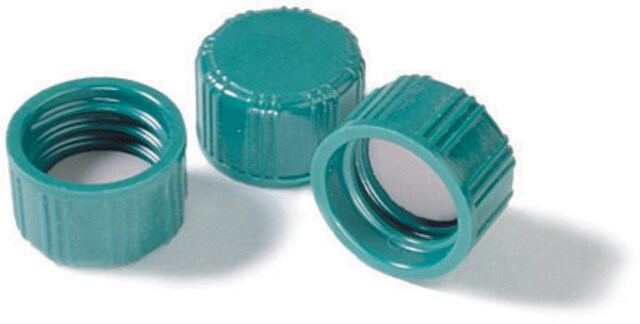27690
2,4,6-Trimethylpyridine
puriss. p.a., 99% (GC)
Sinónimos:
2,4,6-Collidine, sym-Collidine
About This Item
Productos recomendados
grado
puriss. p.a.
Nivel de calidad
Ensayo
99% (GC)
Formulario
liquid
impurezas
≤0.1% water
residuo de evap.
≤0.1%
índice de refracción
n20/D 1.498 (lit.)
n20/D 1.498
bp
171-172 °C (lit.)
mp
−43 °C (lit.)
densidad
0.917 g/mL at 25 °C (lit.)
trazas de catión
Al: ≤0.5 mg/kg
Ba: ≤0.1 mg/kg
Bi: ≤0.1 mg/kg
Ca: ≤0.5 mg/kg
Cd: ≤0.05 mg/kg
Co: ≤0.02 mg/kg
Cr: ≤0.02 mg/kg
Cu: ≤0.02 mg/kg
Fe: ≤0.1 mg/kg
K: ≤0.5 mg/kg
Li: ≤0.1 mg/kg
Mg: ≤0.1 mg/kg
Mn: ≤0.02 mg/kg
Mo: ≤0.1 mg/kg
Na: ≤0.5 mg/kg
Ni: ≤0.02 mg/kg
Pb: ≤0.1 mg/kg
Sr: ≤0.1 mg/kg
Zn: ≤0.1 mg/kg
temp. de almacenamiento
2-8°C
cadena SMILES
Cc1cc(C)nc(C)c1
InChI
1S/C8H11N/c1-6-4-7(2)9-8(3)5-6/h4-5H,1-3H3
Clave InChI
BWZVCCNYKMEVEX-UHFFFAOYSA-N
¿Está buscando productos similares? Visita Guía de comparación de productos
Descripción general
Aplicación
- In solid-phase peptide synthesis.
- To synthesize trichloro(2,4,6-trimethylpyridine) Au(III) complex by reacting with HAuCl4.
Palabra de señalización
Danger
Frases de peligro
Consejos de prudencia
Clasificaciones de peligro
Acute Tox. 3 Dermal - Acute Tox. 4 Oral - Aquatic Chronic 3 - Eye Irrit. 2 - Flam. Liq. 3 - Skin Irrit. 2 - STOT SE 3
Órganos de actuación
Respiratory system
Código de clase de almacenamiento
3 - Flammable liquids
Clase de riesgo para el agua (WGK)
WGK 3
Punto de inflamabilidad (°F)
131.0 °F - closed cup
Punto de inflamabilidad (°C)
55 °C - closed cup
Equipo de protección personal
Eyeshields, Faceshields, Gloves, type ABEK (EN14387) respirator filter
Elija entre una de las versiones más recientes:
¿Ya tiene este producto?
Encuentre la documentación para los productos que ha comprado recientemente en la Biblioteca de documentos.
Nuestro equipo de científicos tiene experiencia en todas las áreas de investigación: Ciencias de la vida, Ciencia de los materiales, Síntesis química, Cromatografía, Analítica y muchas otras.
Póngase en contacto con el Servicio técnico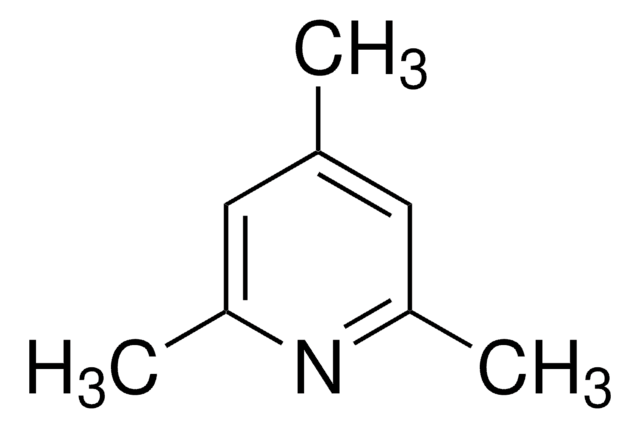
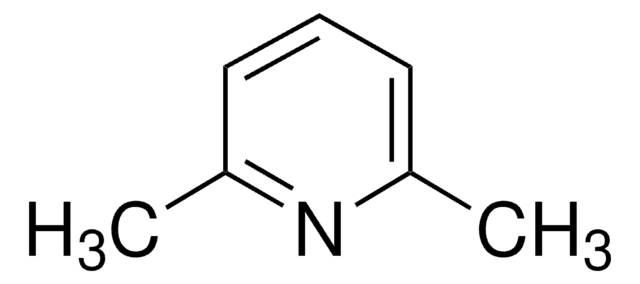
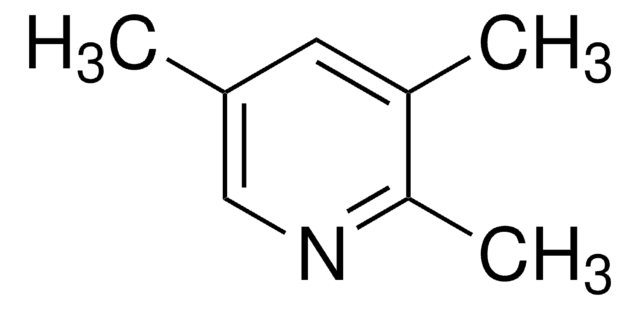


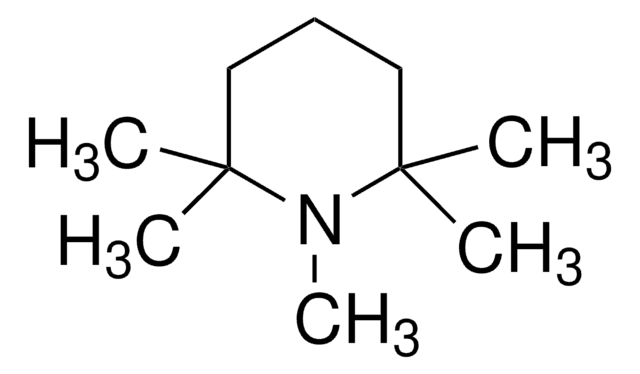
![1,8-Diazabiciclo[5.4.0]undec-7-eno 98%](/deepweb/assets/sigmaaldrich/product/structures/120/564/5b373e23-1624-489c-8efb-692de0f96ffb/640/5b373e23-1624-489c-8efb-692de0f96ffb.png)
